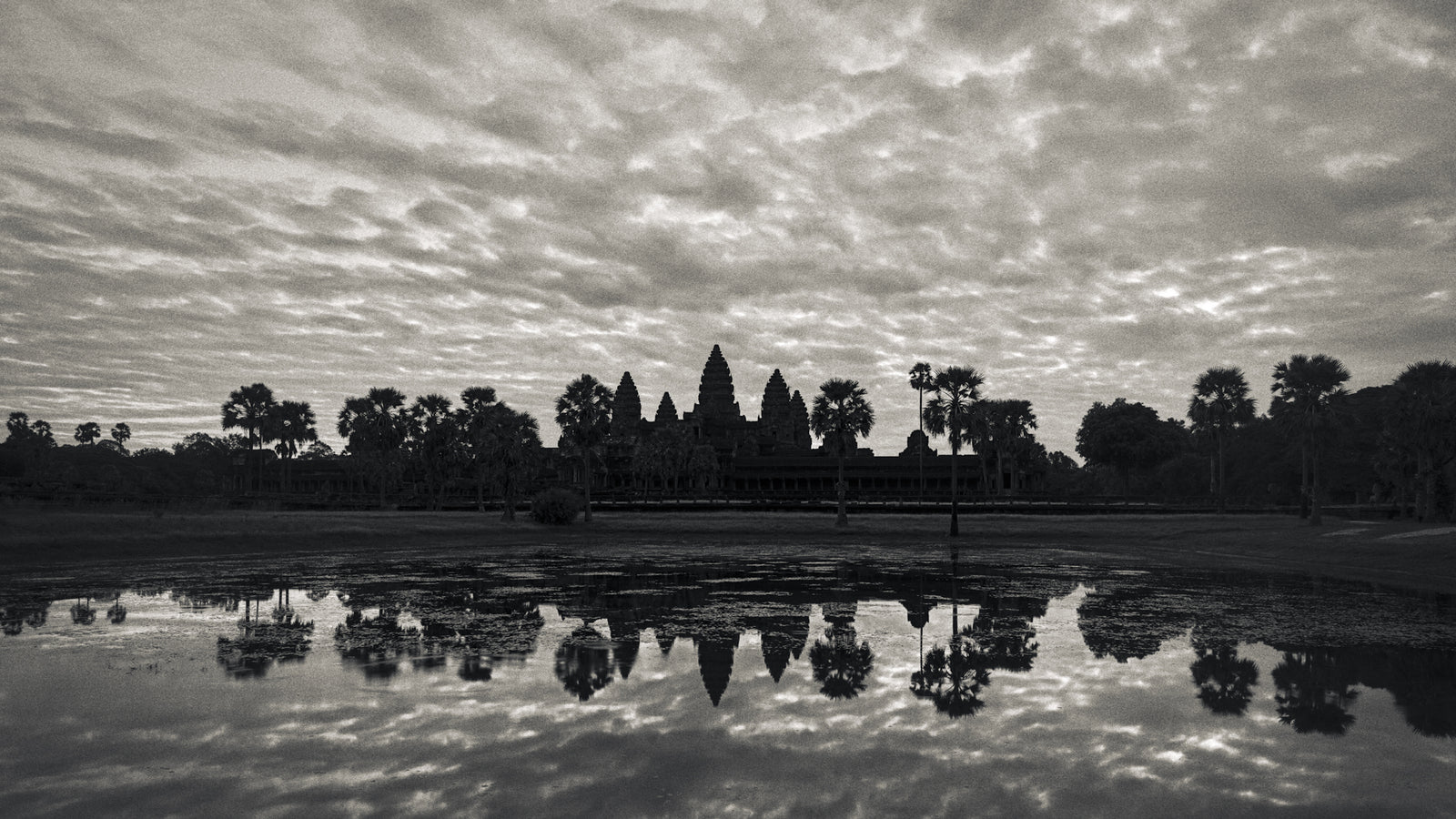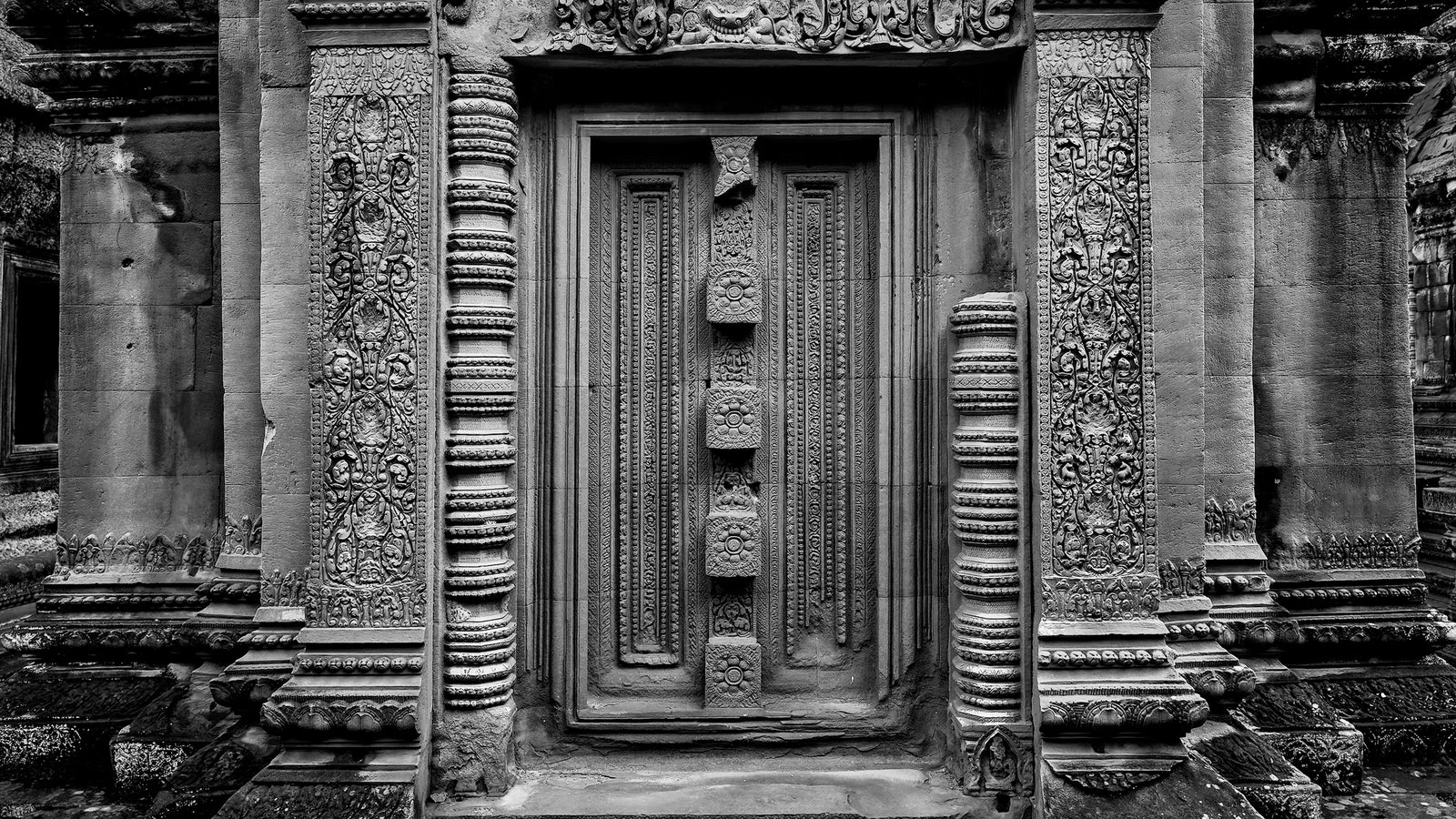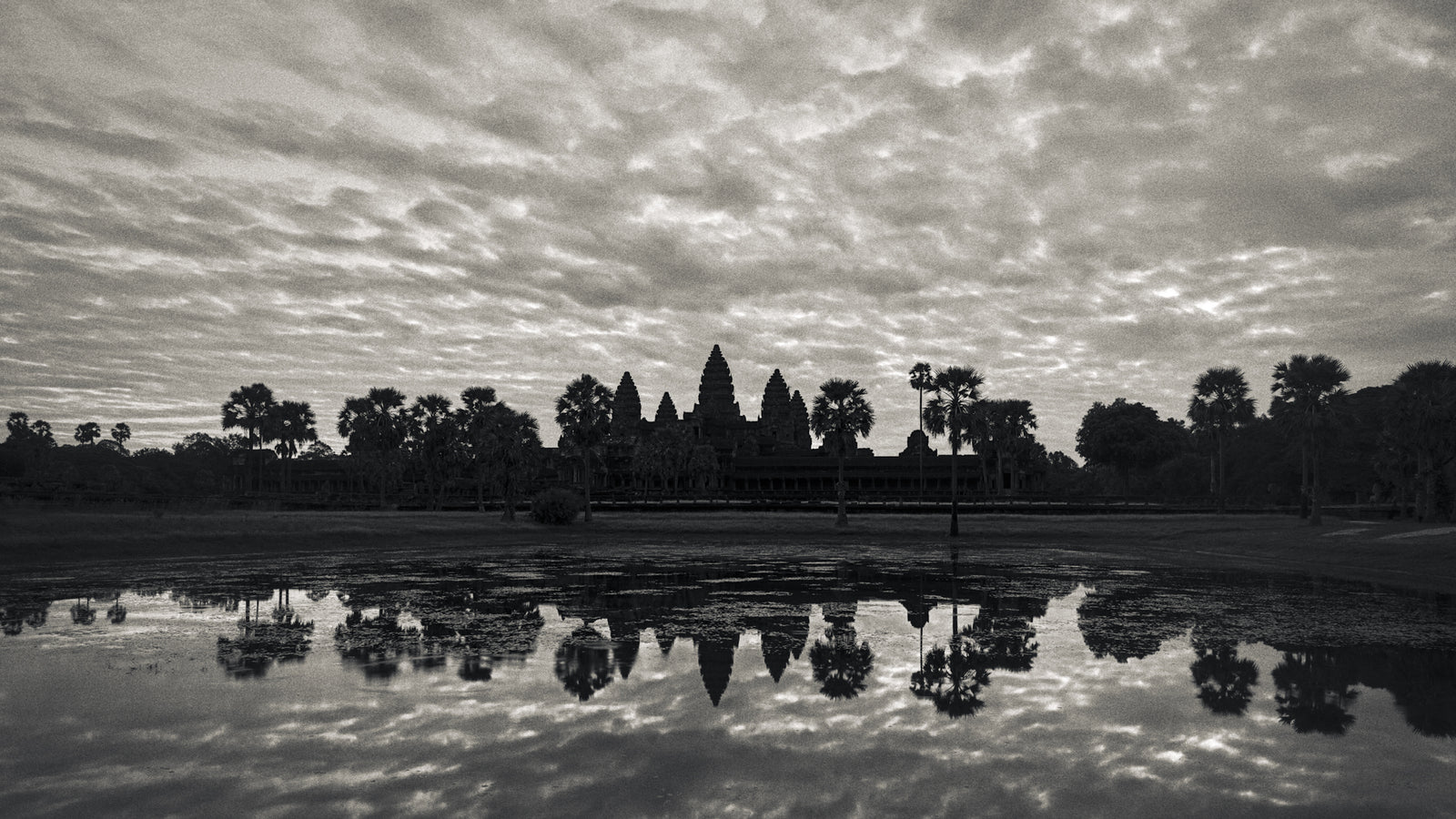Complimentary worldwide shipping on orders over $400 · No import tariffs for most countries
Complimentary worldwide shipping on orders over $400 · No import tariffs for most countries
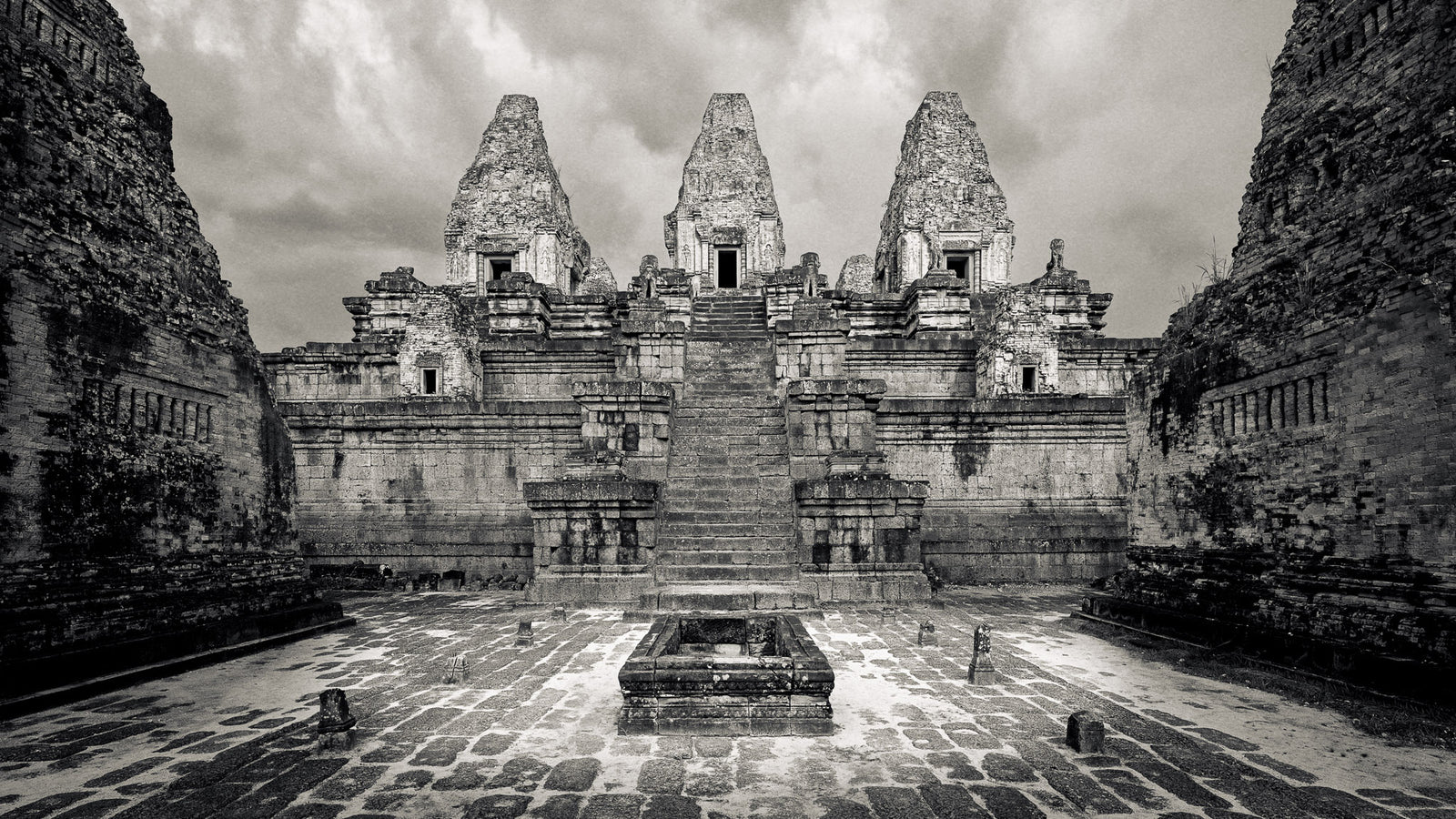
Pre Rup Temple
2 min read
| Name: | Pre Rup Temple |
| Khmer: | ពីមុន |
| Meaning: | ‘turn the body’ |
| Date: | 10th century CE (961) |
| Style: | Pre Rup |
| King: | Rajendravarman II (reign 944 – 968 CE) |
| Cult: | Hindu (Shaivite) |
Pre Rup Temple was built in 961 CE under Rajendravarman II, eight years after the similarly-organised temple of East Mebon Temple.
Pre Rup Temple was Rajendravarman II’s state temple, and it marked the restoration of the Khmer capital to Angkor after a brief period in Koh Ker (928 – 944 CE). It stood at the centre of a larger city, of which nothing remains today.
Pre Rup’s three tiered levels are very effective in conveying upward thrust and momentum, emphasising its role symbolising the mountain residence of the gods, Mount Meru.
The pyramid-structure, which is constructed of laterite with brick sanctuaries, sits at the apex of an artificial, purpose-built mountain. The temple is enclosed by a laterite outer wall (127 m by 117 m, 416' by 383') and inner wall (87 m by 77 m, 285' by 253') both which contain gopuras in the centre of each wall. The central pyramid-level consists of a three-tiered, sandstone platform, with five central towers sitting above.
Having this quincunx of sanctuaries on the top level, surrounded by smaller towers on the outer, lower levels, was an important innovation at Pre Rup and East Mebon Temple. This more complicated plan reached its final development at Angkor Wat Temple 150 years later.
The group of five brick towers were originally elaborately decorated with stucco, but most of it has now fallen off. However, the corners of each of the five sanctuaries have evocative stucco reliefs of guardians on the walls – as per tradition, the eastern towers are female and the western and central towers are male. The devatas of the south-west sanctuary are particularly beautiful.
The shrine has fine lintels and columns on its doorways, but the intricate sandstone carvings on the doors of the upper levels are reproductions. The upper levels of the pyramid offer a brilliant, panoramic view of the countryside.
This is the last temple to employ long halls encircling the sanctuary. In later temples, these halls were replaced with continuous covered galleries, a Khmer trademark.
Please also see:
- My Work at Pre Rup Temple
- The in-depth articles about Pre Rup Temple in My Journal
- Images of Pre Rup Temple, Angkor, Cambodia ⧉
Map of Pre Rup Temple
Also in Angkorpedia
Join My Studio Journal
Receive occasional letters from my studio in Siem Reap—offering a glimpse into my creative process, early access to new fine art prints, field notes from the temples of Angkor, exhibition announcements, and reflections on beauty, impermanence, and the spirit of place.
No noise. No clutter. Just quiet inspiration, delivered gently.
Subscribe and stay connected to the unfolding story.
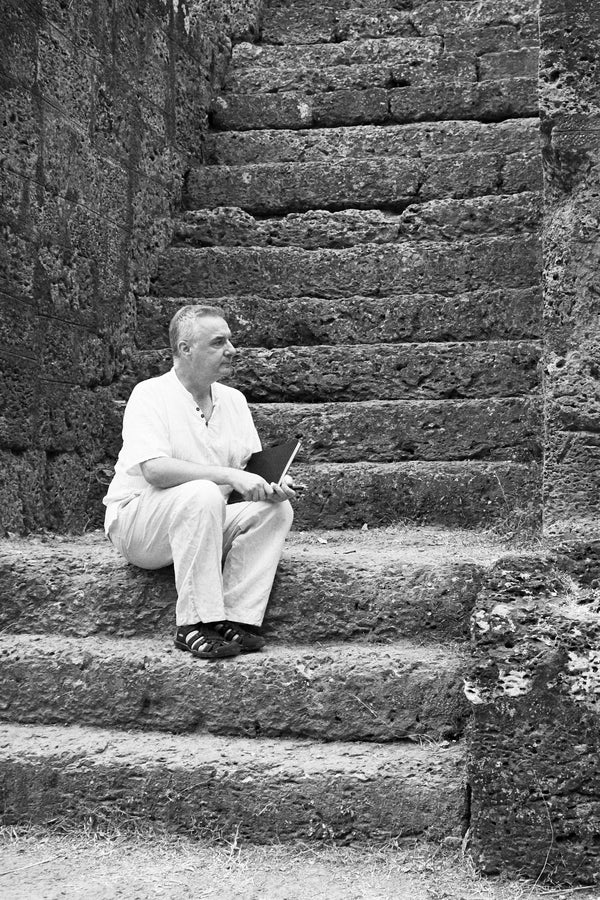
Join My Studio Journal
Receive occasional letters from my studio in Siem Reap—offering a glimpse into my creative process, early access to new fine art prints, field notes from the temples of Angkor, exhibition announcements, and reflections on beauty, impermanence, and the spirit of place.
No noise. No clutter. Just quiet inspiration, delivered gently.
Subscribe and stay connected to the unfolding story.

